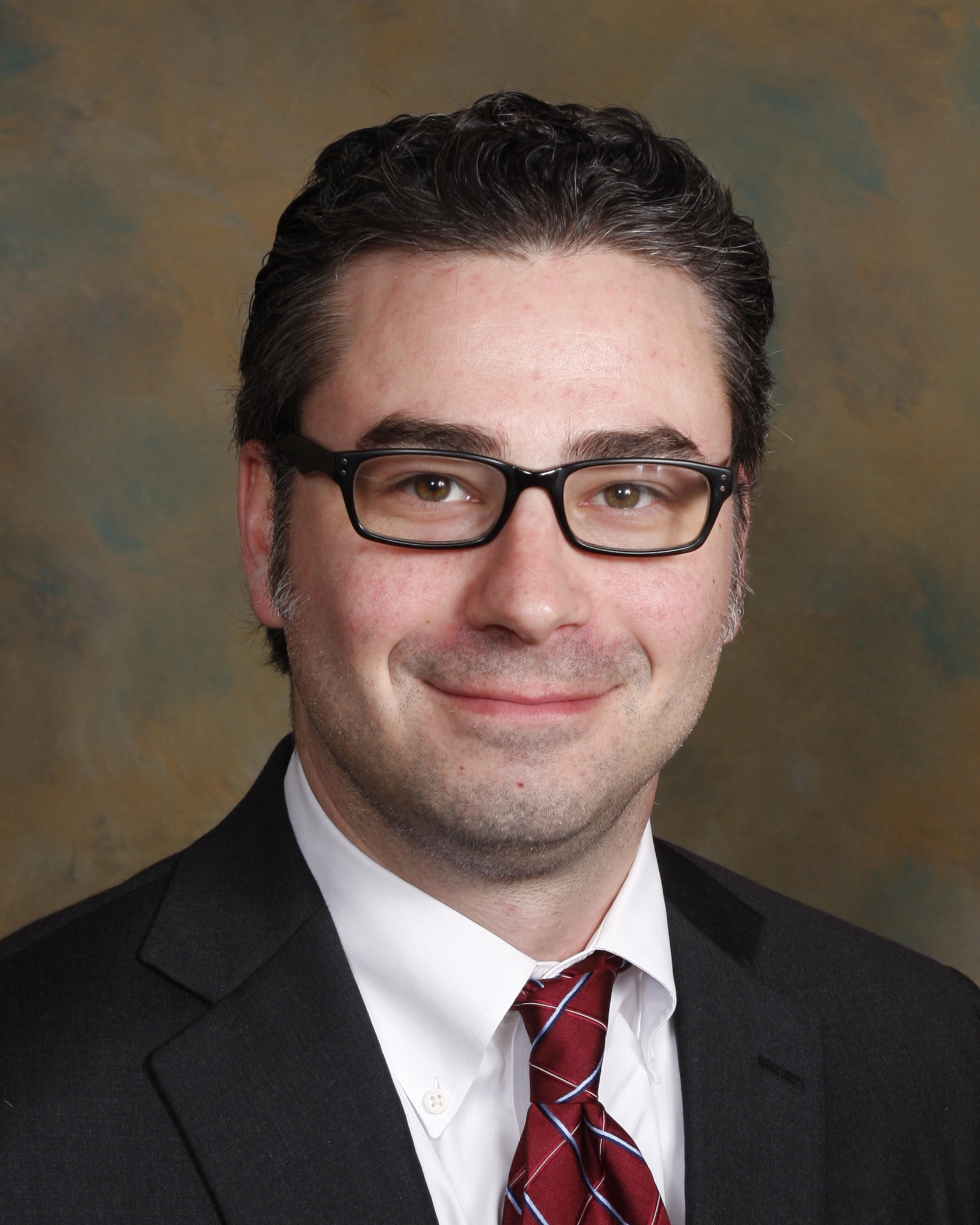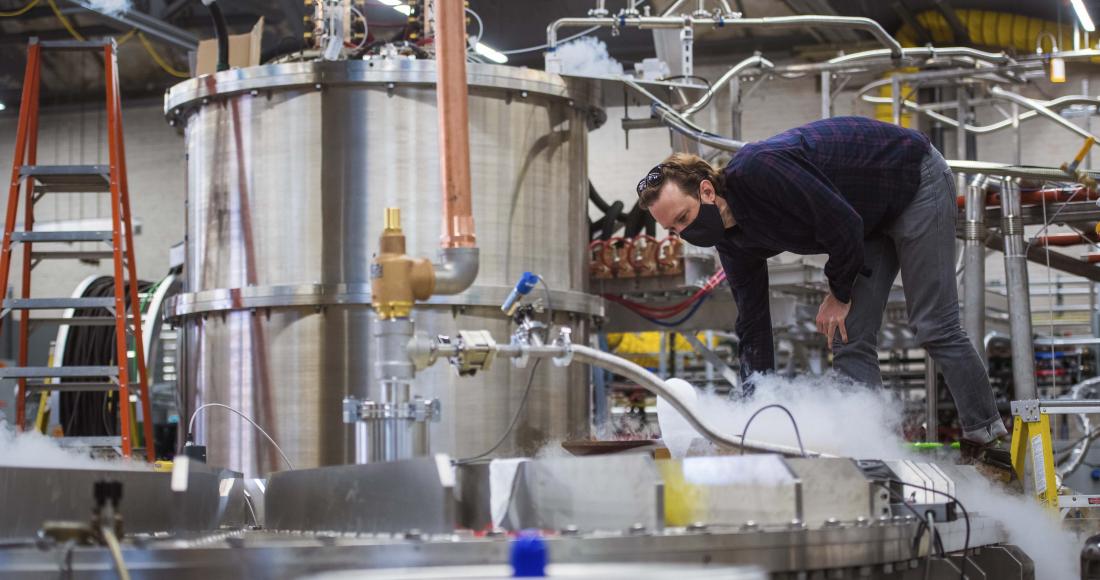Christopher Reis – Space Talk
Via Teams Christopher Reis is a PhD student at the University of California, Berkeley majoring in nuclear engineering. He will share on the biggest mysteries in the cutting edge of science, including the power of the sun to deal with the global energy crisis. North Valley JAMM-ECX Event - Sponsored by Physician Health & Wellness …









